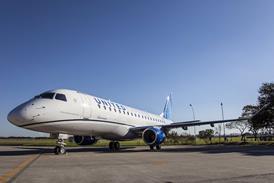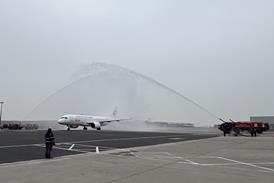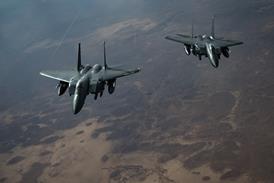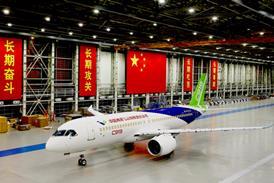Global figures for commercial aviation crashes in 2007 show an all-time low of 24 fatal accidents, and even the number of fatal casualties, at 687, was well below the annual average for the last 10 years. This can be compared with figures for the decade 1998-2007 showing an annual average of 34.6 fatal accidents a year and 864 fatalities.
The comparable figures for airline accidents in 2006 were 27 fatal accidents resulting in 863 fatalities. But the hull loss accident total is far higher than the fatal accident figure.
According to aviation insurance specialist Aon, airline hull losses for 2007 total 47 aircraft, which includes all the 24 fatal accidents listed but also many others that did not cause fatalities.
Aon says that 2007 will be the first year since 2000 when insurers will make a net loss on airlines, as much because of the nature of the events than the numbers alone.
Three of the hull losses were caused by fire or other mishaps to parked aircraft, and one of them involved the China Airlines 737-800 at Naha airport, Japan that had just taxied up to the stand with passengers on board when a fuel tank was ruptured by a damaged flap track during flap retraction, causing a severe fire (see picture and accident lists).
Not included in this hull-loss tally, because the brand new aircraft had not yet been delivered by the manufacturer to Etihad Airways, was the Airbus A340-600 that was destroyed when it surged forward into a blast wall during engine run-up checks at Toulouse.
The worst accident of the year was the TAM Linhas Aereas Airbus A320 landing disaster at Sao Paulo Congonhas airport which killed 187 on board and 12 on the ground.
Apart from that crash and a UT Air Tupolev Tu-134 landing accident at Samara airport, Russia that killed six of its 57 passengers, all the accidents involving passenger aircraft took place in third-world economies or aircraft registered in them.
The largest number of fatal accidents for a single country occurred in the Democratic Republic of Congo, with six fatal crashes of which four were cargo flights and two were commuter operations flown using Let 410 twin-turboprop aircraft.
The DR Congo accident picture is worsened by the fact that most cargo flights there carry unauthorised passengers anyway, and one of the accidents involved a crash into a Kinshasa residential area killing an unknown number of people on the ground.
Meanwhile, Indonesia saw two of the year’s worst fatal accidents involving passenger jets - an Adam Air Boeing 737-400 and a Garuda 737-400, and in addition Adam Air suffered serious damage to one of its fleet following a very heavy landing.
Source: Flight International























